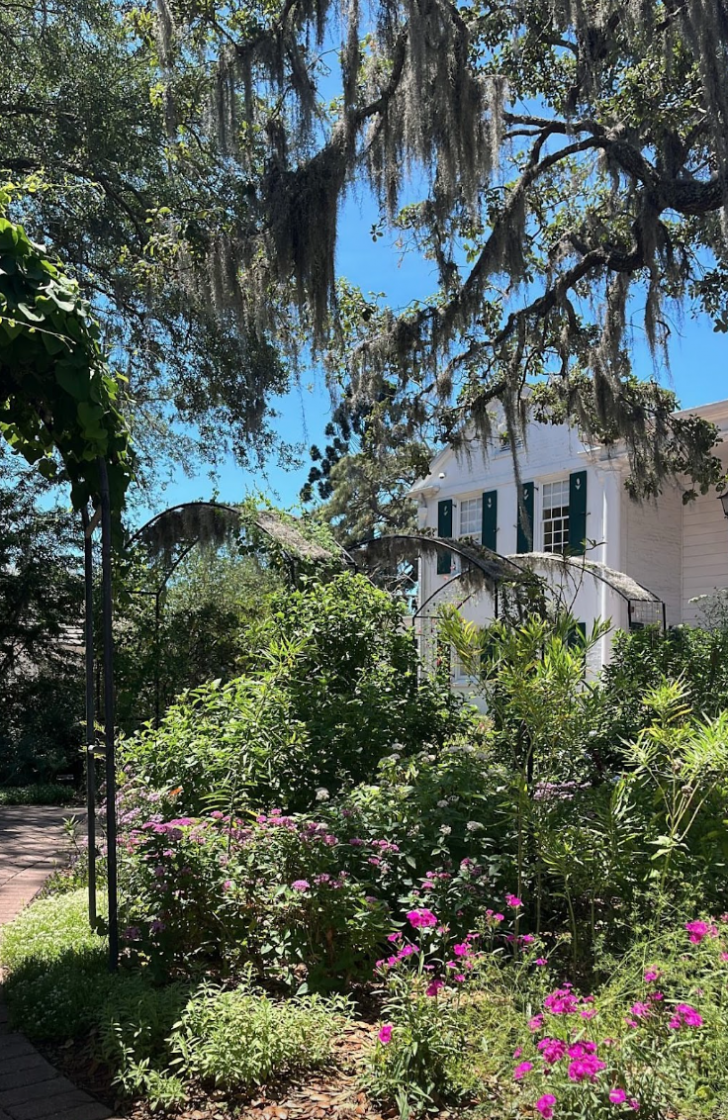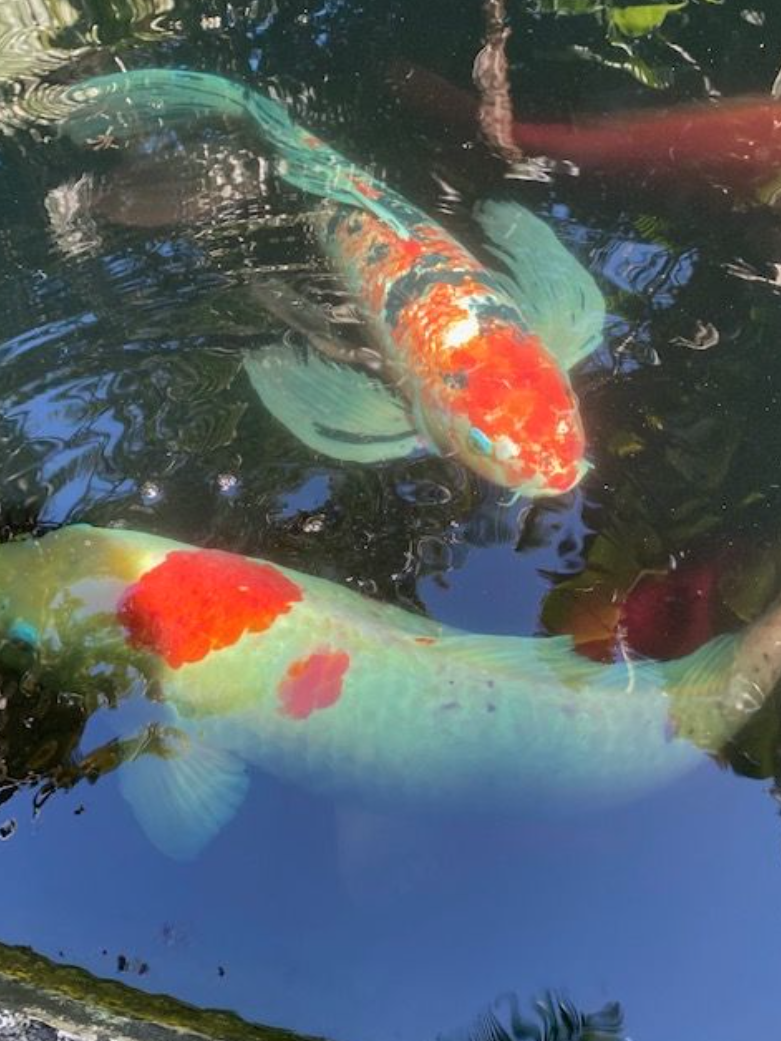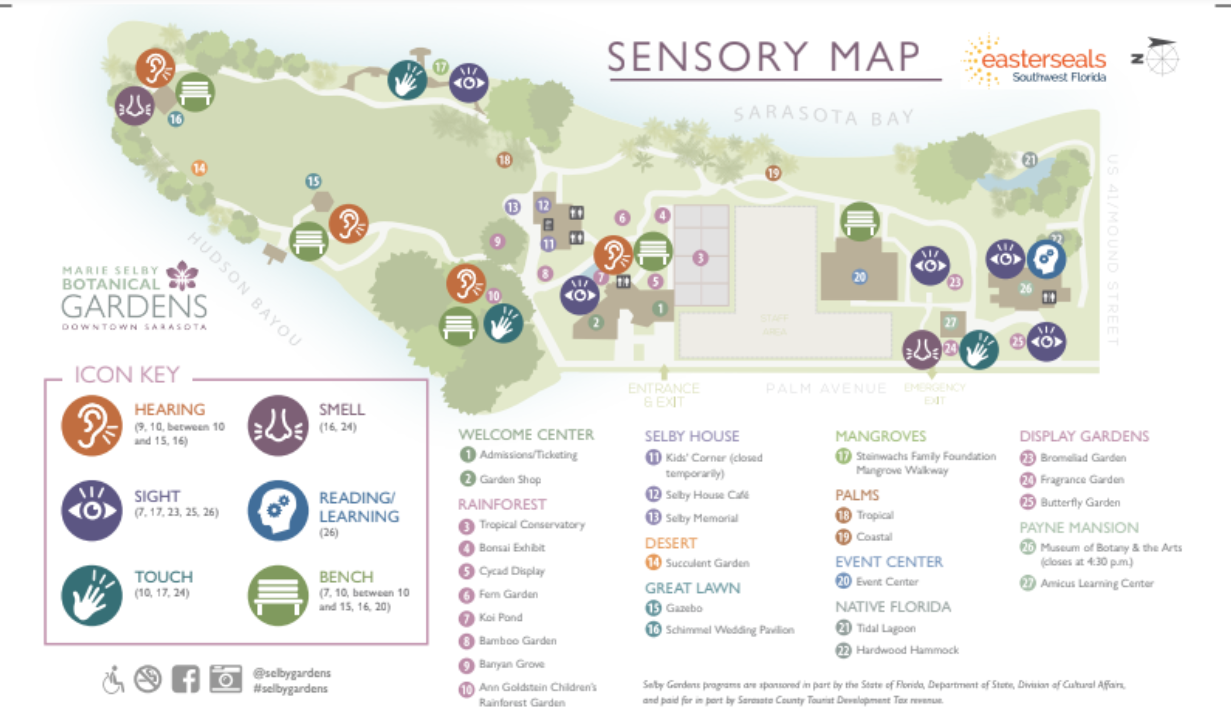Imagine a sticky, hot feeling all over your body, like an uncomfortable turtleneck sweater climbing up your neck. Irritability washes over you, panic, lack of focus and anxiety forcing your outing to take a turn for the worst. This intense sensory overload is an experience that neurodivergent people face constantly. Marie Selby Botanical Gardens’ new sensory-friendly map and activities help mitigate these potentially overwhelming feelings. From fragrance gardens, koi ponds, butterfly gardens and mangrove walkways, Marie Selby Botanical Gardens labels them all, detailing the sensory encounters at each stop. The new map is adorned with icons indicating exhibits that include sensations of touch, hearing, sight and smell, as well as rest stops that allow for safe environments that facilitate learning.
Marie Selby Botanical Gardens have always pushed boundaries for accessibility by offering complimentary wheelchairs, free access for Personal Care Attendants (PCA), audio tours and as of recently, sensory headphones and maps.
Second-year and Catalyst staff writer Qadira Locke is also a volunteer museum docent at the Payne Mansion, a historical building on the Marie Selby campus dedicated to botany and art exhibitions. They spoke further about the value of these accessibility initiatives.

“As a neurodivergent adult that is planning to go into museums, I know that tackling accessibility is a big, ‘We don’t know where to start’ problem for a lot of academic institutions,” Locke said. “Selby has really good educational programs, so I’m really glad they’re open to and moving towards making these experiences open not only to neurodivergent children, but also to neurodivergent adults.
“There is this unsaid expectation that we grow out of sensory issues when that’s simply not the case,” Locke continued. “Also, I have been begging, crying, and sobbing for more museums and parks to add their benches to their maps because as a physically disabled person, it’s hard to plan my route when I’m visiting with other people if I need a sitting break and I don’t know when I’ll be able to sit down again.”
The first stop a visitor would experience when walking through the botanical garden grounds are the koi fish pond and waterfall. The colorful orange, black and white fish glide through the water, fins propelling them past the shrubbery and florals. The waterfall offers the soothing sound of splashing as it hits the pond.

Next is the rainforest sector, with a xylophone which emits soft ringing sounds throughout the gardens when played. Chirping birds and singing from the surrounding banyan trees can also be heard.
Farther through the Marie Selby campus are the butterfly gardens, with their delicious floral scents and fluttering butterflies. Additionally, the mangrove walkways, gazebos and bromeliad gardens are also labeled as visual, smell, and auditory thrills with the smell of saltwater and colorful cacti beautifully assembled by botanist teams.
“I brought my mother, aunt and cousin there towards the beginning of the semester, and I think that the butterfly garden is number one for me since I get overwhelmed by strong smells,” Locke said. “It’s off to the side, away from all the harsher smells of plant condensed areas. It’s quiet, has a cute bench and in general has silly cute butterflies. The rest of my family really liked the children’s play place area.”
To access this map, visitors can ask the Welcome Center at the Marie Selby botanical gardens upon entering.

